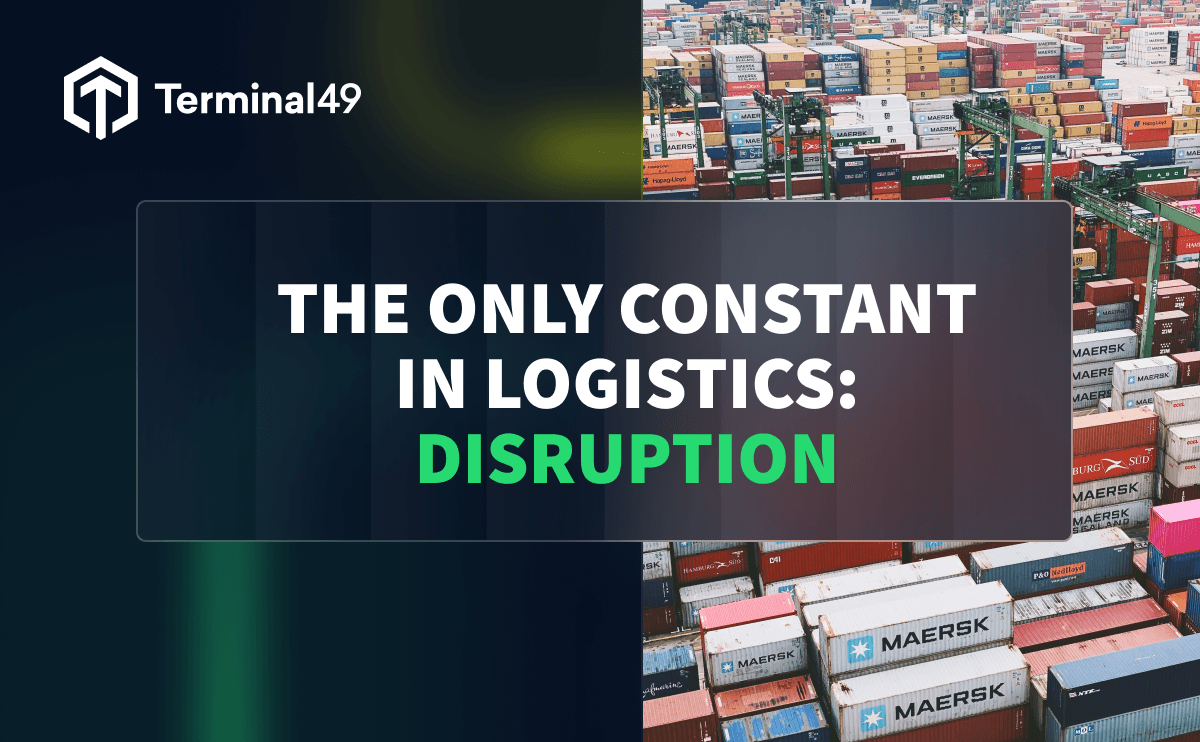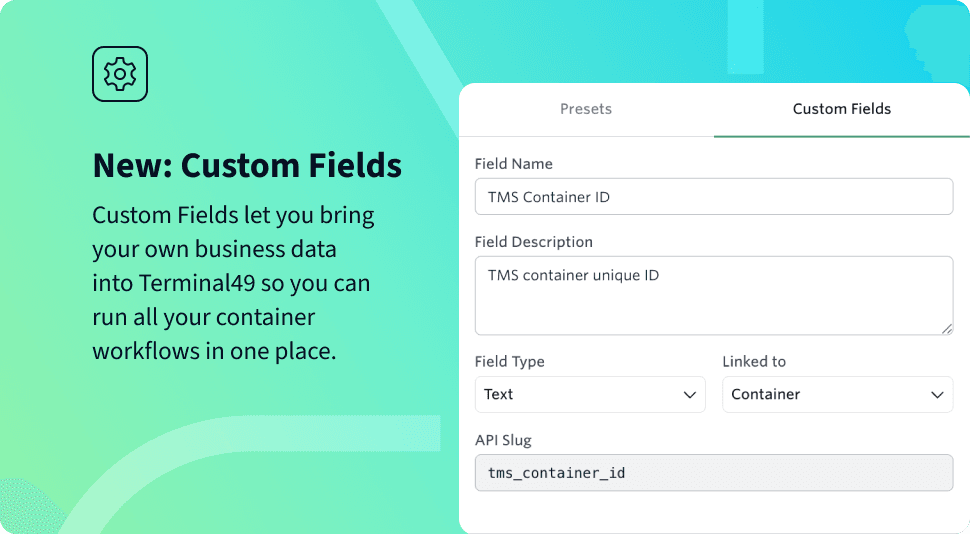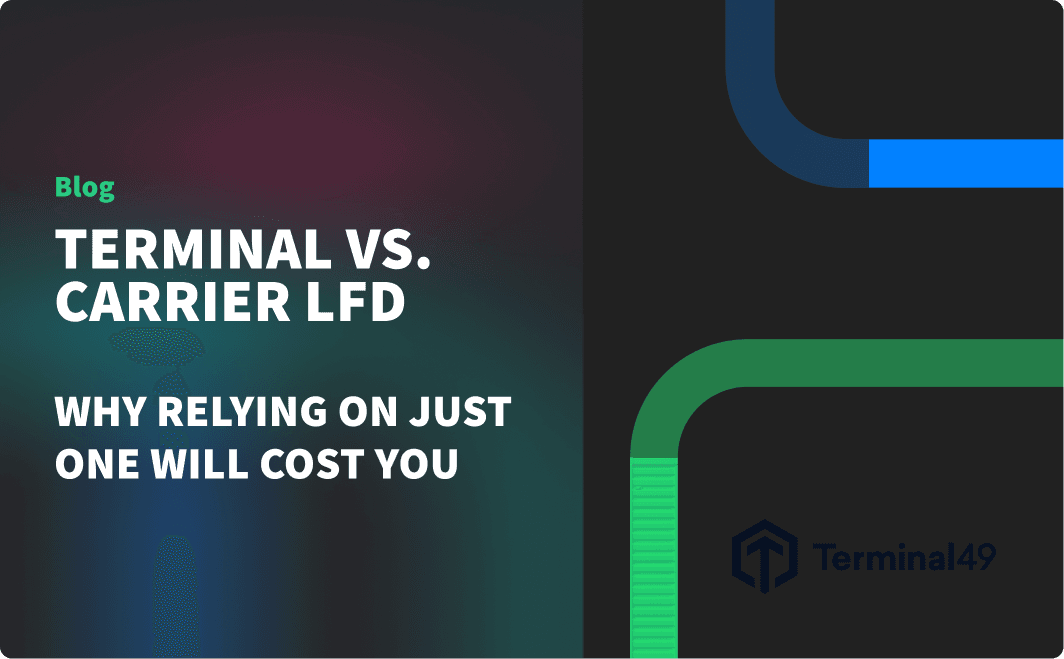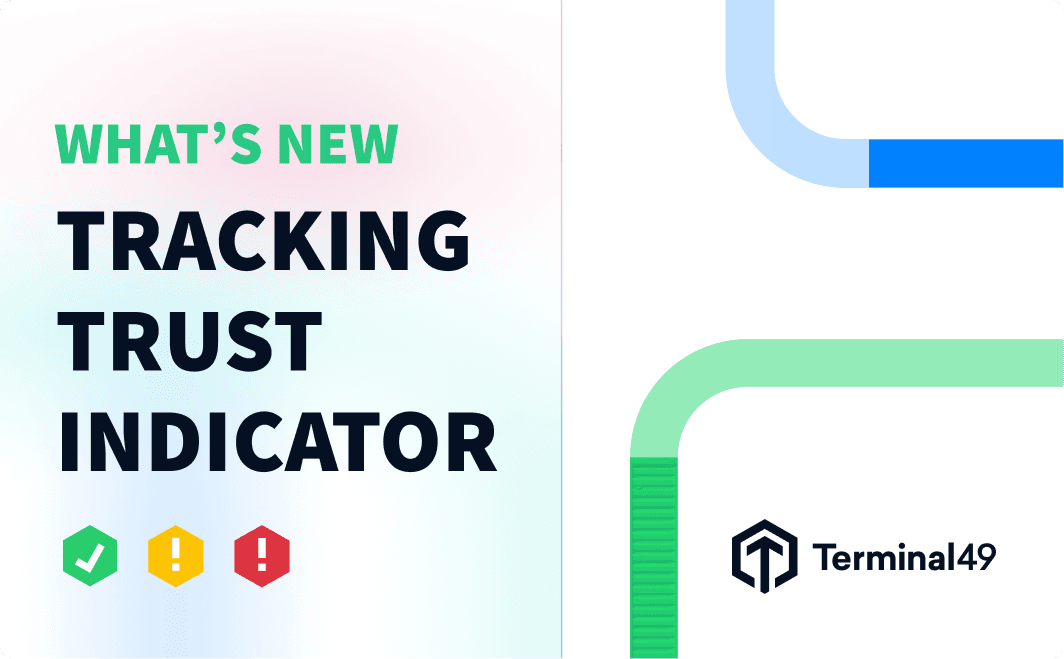How supply chain leaders can build sustainable, agile operations for what’s next
If you’ve worked in logistics for even a few years, you know this truth intimately: Disruption isn’t the exception — it’s the rule.
At Terminal49, we launched during one of the most disruptive periods in global supply chain history: the early days of COVID-19. That experience didn’t just shape our product — it shaped our philosophy.
We believe logistics teams shouldn’t just react to chaos — they should be built for it.
In this post, we revisit five major supply chain disruptions over the past five years—and what they teach us about resilience, visibility, and how to build operations that can adapt to whatever comes next.
Five Disruptions That Shook Global Logistics
And how leading teams responded and won
1. COVID-19: The Great Supply Chain Reset
Disruption type: Global health crisis, demand shock, port congestion
Impact: Skyrocketing freight rates, container shortages, and unprecedented delays
COVID-19 halted production, stranded containers at sea, and sparked unexpected e-commerce demand. Ocean rates from China to the U.S. West Coast surged from ~$2,000 to over $20,000 per FEU.
Headline: COVID-19 cuts global maritime trade, transforms industry
Success story: Walmart adjusted its global sourcing strategies and leaned into private charter vessels to keep inventory moving during peak demand. It also distributed decision-making closer to origin markets for faster response.
Source: WSJ – Walmart supply chain revamp
2. Port Strikes and Labor Disruption
Disruption type: Labor action, terminal slowdowns, inland congestion
Impact: Cargo rerouting, missed deadlines, increased drayage costs
Labor disputes on the U.S. West Coast caused rerouting to East and Gulf Coast ports, creating ripple effects through the inland infrastructure.
Headline: Reuters – US port strike ends, leaving cargo backlog
Success story: Home Depot built out a private container fleet and proactively rerouted cargo to alternate ports—ensuring delivery timelines despite West Coast slowdowns.
Source: Supply Chain Dive – Home Depot builds out private fleet
3. Red Sea Crisis and Global Rerouting
Disruption type: Geopolitical instability, maritime security
Impact: Transit delays, higher costs, ocean capacity pressure
The Houthi attacks in the Red Sea pushed carriers to reroute around the Cape of Good Hope, adding 10–14 days of transit time and pushing up rates again.
Headline: UNCTAD – Red Sea crisis drops global shipping traffic 42%
Success story: Maersk worked with cargo owners to reroute shipments via UAE and other alternative ports, and implemented intermodal transfers to preserve delivery windows.
Source: FreightWaves – Maersk reroutes around Red Sea
4. Section 301 Tariffs and Policy Volatility
Disruption type: Regulatory change, cost impact
Impact: Margin erosion, landed cost uncertainty, sourcing shifts
Section 301 tariffs on Chinese goods created rapid financial pressure across many verticals—and remain a major risk factor as trade tensions persist.
Headline: Supply Chain Dive – Importers prepare for tariff extensions
Success story: Samsung rapidly shifted manufacturing from China to Vietnam and the U.S. to avoid tariff exposure, safeguarding margin without sacrificing volume.
Source: Bloomberg – Samsung adapts to tariffs
We’ve been here before:This chart from the U.S. Department of Commerce shows how U.S. import share from China peaked and declined sharply after tariffs were introduced—while other countries made only marginal gains.
The lesson?
Trade realignment takes years, and policy volatility is a long-term challenge—not a one-time disruption.
5. OSRA 2022 and the D&D Reckoning
Disruption type: Regulatory reform, compliance shakeup
Impact: New billing rules, carrier accountability, operational complexity
The Ocean Shipping Reform Act (OSRA) introduced sweeping changes to detention and demurrage practices—requiring clearer billing and empowering shippers to dispute charges.
Headline: FMC – Ocean Shipping Reform Act of 2022 Signed into Law
Success story:One U.S. apparel importer used first-party data to successfully challenge over $750,000 in D&D fees—backed by timestamps, EDI events, and terminal records.
Source: Journal of Commerce – Shippers win record D&D disputes
GUIDE: Managing Detention & Demurrage Charges with Terminal49
Key Lessons: Resilience Isn’t About Luck
The companies that adapted quickly weren’t always the biggest—they were the most agile. They had:
- Centralized, real-time visibility into shipments
- Cross-functional decision-making across logistics, finance, and operations
- First-party data to back up actions, model costs, and trigger alerts
How to Build for What’s Next
- Real-time visibility: React in hours, not days—reroute, reschedule, or alert with confidence
- First-party shipment data: Own your data so you’re not waiting for updates from terminals or carriers
- Sourcing and routing diversity: Avoid single points of failure when ports, suppliers, or lanes go offline
- Cross-team alignment: Sync logistics with finance, planning, and customer experience
- Agility over optimization: Build the systems and slack that allow you to pivot without breaking things
Final Thought: Build for Change, Not Stability
Every one of these disruptions changed the rules mid-game—and there will be more. The next shock may come from geopolitical tension, extreme weather, cyberattacks, or something we haven’t seen yet.
You don’t build a scalable logistics operation by hoping things return to normal.You build it by planning for volatility—and investing in the tools, systems, and visibility that help you adapt.
If you're exploring how to build resilience into your operations, real-time container visibility is a good place to start.





